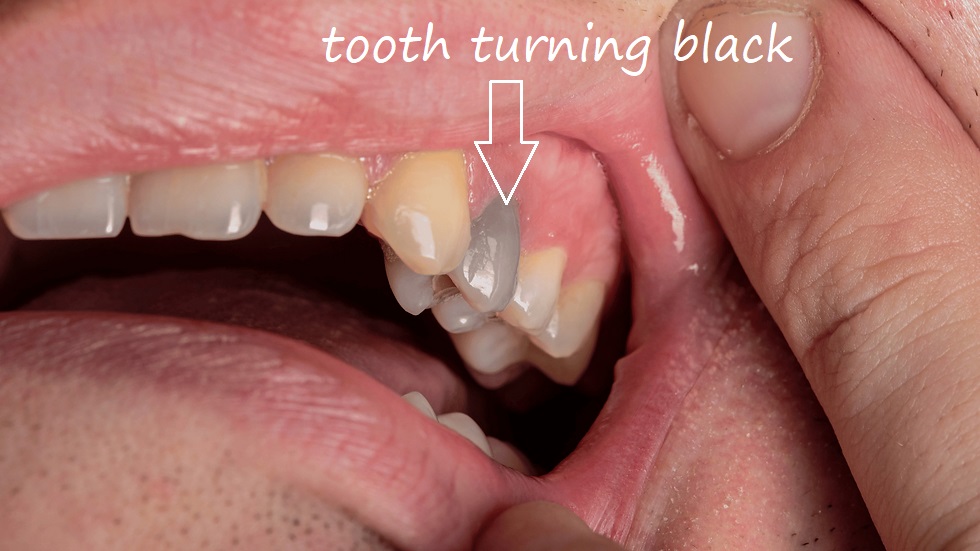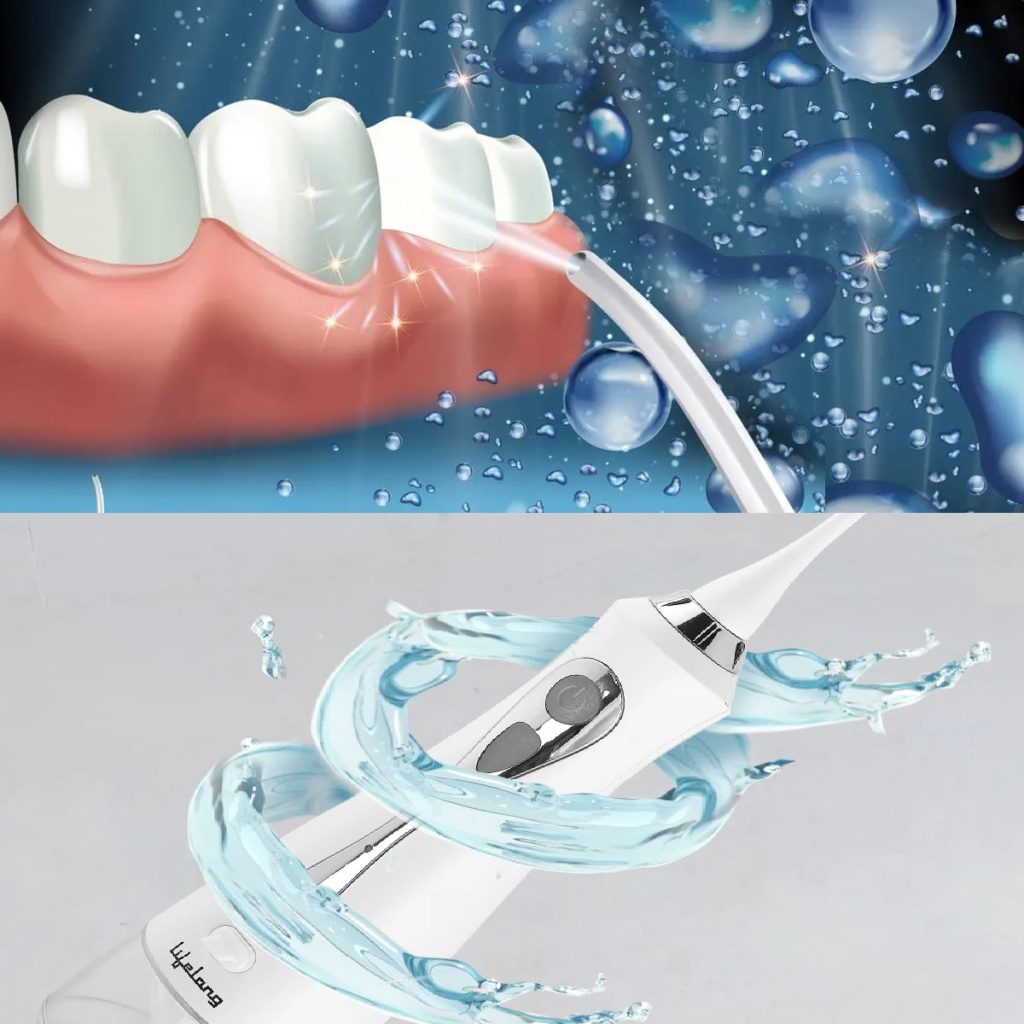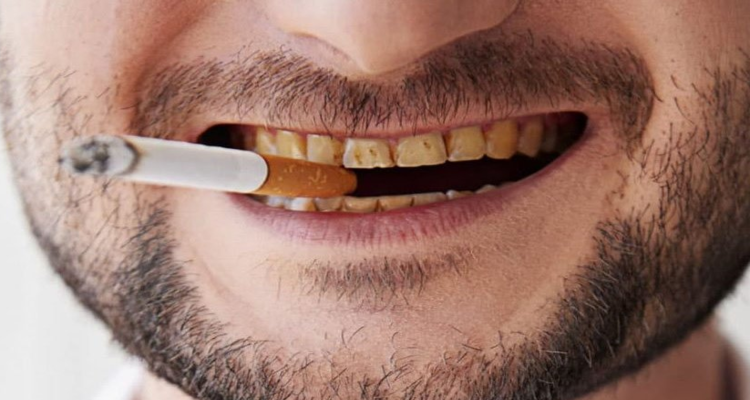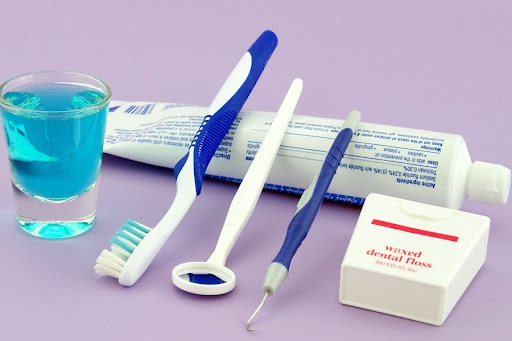Tooth turning black

Tooth Turning Black: Causes, Diagnosis, Treatment, and Prevention
Tooth discolouration, particularly when a tooth turns black, can be alarming and often indicates an underlying dental problem. Understanding the causes, symptoms, diagnosis, treatment options, and preventive measures for a black tooth is essential for maintaining oral health and addressing the issue promptly. This comprehensive guide will explore these aspects in detail, providing valuable insights for patients and dental professionals.
Anatomy of a Tooth
Before delving into the causes and treatments of a black tooth, it is important to understand the basic anatomy of a tooth. Each tooth comprises three main layers:
- Enamel: The outermost, hard protective layer.
- Dentin: The middle layer, which is less hard than enamel and contains microscopic tubules.
- Pulp: The innermost part of the tooth, containing nerves and blood vessels.
A black tooth typically results from issues affecting these layers, particularly the dentin and pulp.
Causes of a Black Tooth
Several factors can cause a tooth to turn black. These causes can be broadly categorized into intrinsic (internal) and extrinsic (external) factors.
Intrinsic Causes
- Tooth Decay: Advanced tooth decay can lead to tooth blackening. When bacteria penetrate the enamel and reach the dentin and pulp, they cause infection and necrosis (tissue death), leading to a blackened appearance.
- Pulp Necrosis: Trauma or infection can cause the pulp inside the tooth to die. The dead tissue can turn black, discolouring the entire tooth.
- Internal Resorption: This rare condition involves the gradual destruction of the tooth from the inside out, often resulting in discolouration.
- Dental Restorations: Old amalgam fillings can corrode and leach into the tooth structure, causing a blackish tint.
- Fluorosis: Excessive fluoride intake during tooth development can lead to discolouration, including black spots.
- Medication: Certain medications, especially those containing tetracycline, can cause intrinsic teeth staining.
Extrinsic Causes
- Staining Foods and Beverages: Consuming large amounts of coffee, tea, red wine, and dark-coloured foods can lead to surface stains that, over time, may penetrate deeper layers of the tooth.
- Smoking and Tobacco Use: Nicotine and tar in tobacco products can cause significant staining, leading to a black appearance.
- Poor Oral Hygiene: Inadequate brushing and flossing can result in plaque and tartar buildup, which can turn black if not removed.
- Mouthwash: Some mouthwashes containing chlorhexidine or cetylpyridinium chloride can cause staining.
- Iron Supplements: Liquid iron supplements can cause extrinsic black stains on teeth.
Symptoms of a Black Tooth
In addition to the obvious discolouration, several symptoms may accompany a black tooth, indicating the underlying cause and severity of the condition:
- Pain or Sensitivity: Discomfort when biting, chewing, or consuming hot or cold foods and beverages may indicate pulp involvement or decay.
- Swelling and Abscesses: Infection can cause swelling, abscesses, and pus around the affected tooth.
- Bad Breath: Persistent bad breath can result from bacterial infection and necrosis.
- Visible Cavities: Decay may present as visible holes or pits in the tooth.
- Loose Tooth: Advanced decay or infection can weaken the tooth, making it feel loose.
Diagnosis of a Black Tooth
Accurate diagnosis is essential for effective treatment. Dentists use various methods to determine the cause of tooth discolouration:
Clinical Examination
A thorough clinical examination involves inspecting the affected tooth and surrounding tissues. The dentist will look for signs of decay, trauma, or other abnormalities.
Radiographic Imaging
X-rays provide detailed images of the tooth’s internal structure, helping to identify decay, pulp necrosis, internal resorption, and other underlying issues.
Vitality Testing
Vitality tests, such as electric pulp testing or thermal testing, assess the health of the tooth’s pulp. A non-responsive pulp often indicates necrosis or severe infection.
Patient History
The dentist will review the patient’s medical and dental history, including any history of trauma, medication use, and dietary habits, to identify potential contributing factors.
Microbial Testing
In cases of infection, microbial testing can identify the specific bacteria involved, guiding appropriate antibiotic treatment.
Treatment Options for a Black Tooth
Treatment depends on the underlying cause and severity of the discoloration. Here are some common treatment options:
Dental Cleaning and Polishing
Professional dental cleaning and polishing can remove surface discoloration for extrinsic stains. Regular cleanings can prevent the buildup of plaque and tartar, maintaining a healthy, white smile.
Tooth Whitening
For less severe intrinsic stains, tooth whitening treatments can help lighten the discoloration. Options include in-office bleaching, at-home whitening kits, and over-the-counter products. However, whitening may not be effective for teeth with severe decay or necrosis.
Fillings and Restorations
If decay is the cause, removing the decayed portion and restoring the tooth with a filling or crown can address both the structural and aesthetic issues. Composite resin fillings match the natural tooth color, providing a seamless restoration.
Root Canal Therapy
Root canal therapy is necessary for teeth with pulp necrosis or severe infection. This procedure involves removing the infected pulp, cleaning the root canals, and sealing them with a biocompatible material. The tooth is then restored with a crown to ensure its strength and functionality.
Extraction and Replacement
Extraction may be the best option in cases where the tooth is severely damaged or cannot be saved. After extraction, the missing tooth can be replaced with a dental implant, bridge, or denture to restore function and aesthetics.
Internal Bleaching
Internal bleaching can be performed on teeth that have undergone root canal therapy but remain discolored. This involves placing a bleaching agent inside the tooth to lighten the internal discolouration.
Veneers and Bonding
Veneers or bonding can provide a cosmetic solution for teeth with persistent discolouration or aesthetic concerns. Veneers are thin porcelain shells covering the tooth’s front surface, while bonding involves applying a tooth-coloured resin to the tooth surface.
Preventive Measures
Preventing tooth discolouration and maintaining oral health requires consistent care and attention. Here are some key preventive measures:
Maintain Good Oral Hygiene
Brushing twice daily with fluoride toothpaste, flossing daily, and using an antimicrobial mouthwash can prevent plaque buildup and staining.
Regular Dental Check-ups
Visiting the dentist regularly for check-ups and professional cleanings helps detect and address issues early, preventing severe discoloration and decay.
Limit Staining Foods and Beverages
Reducing the consumption of coffee, tea, red wine, and dark-coloured foods can help prevent extrinsic staining. Rinsing the mouth with water after consuming these items can also minimize staining.
Quit Smoking
Avoiding tobacco products can significantly reduce tooth discolouration risk and improve oral health.
Use a Straw
Using a straw when drinking stained beverages can help minimize contact with the teeth, reducing the risk of discolouration.
Protective Gear
Wearing a mouthguard during sports and physical activities can prevent trauma to the teeth, reducing the risk of injury and subsequent discoloration.
Fluoride Treatments
Fluoride treatments, whether in the form of toothpaste, mouth rinses, or professional applications, can strengthen enamel and prevent decay, reducing the risk of discoloration.
Regular Dental Cleanings
Regular professional cleanings remove plaque and tartar buildup, preventing extrinsic staining and maintaining a healthy, white smile.
Advanced Topics Related to Tooth Discoloration
The Role of Genetics
Genetics can affect tooth colour and susceptibility to staining. Understanding genetic factors can help develop personalized preventive and treatment strategies.
Emerging Technologies
Advances in dental technology, such as laser dentistry and digital imaging, enhance the diagnosis and treatment of tooth discolouration. These technologies offer more precise and effective solutions for managing discolouration.
Impact of Systemic Health
Systemic health conditions, such as diabetes and certain medications, can affect oral health and contribute to tooth discolouration. Addressing these conditions and their impact on dental health is crucial for comprehensive care.
Psychological and Social Impact
Tooth discoloration can have significant psychological and social implications, affecting self-esteem and confidence. Addressing the cosmetic concerns associated with a black tooth is important for overall well-being.
Future Directions in Tooth Discoloration Research
Understanding the Molecular Mechanisms
Ongoing research aims to unravel the molecular mechanisms underlying tooth discolouration. Understanding the biological processes involved in staining and decay could lead to targeted therapies for preventing and treating discoloration.
Development of Biomimetic Materials
The development of biomimetic materials that mimic the natural properties of enamel and dentin could offer new solutions for restoring discolored teeth and enhance the success of restorative treatments.
Stem Cell Therapy
Stem cell therapy has the potential to regenerate damaged tooth structures and reverse discoloration. Research is focused on identifying the most effective stem cell sources and delivery methods for promoting tissue regeneration.
Non-Invasive Diagnostic Tools
Advances in non-invasive diagnostic tools, such as optical coherence tomography (OCT) and advanced imaging techniques, could improve the early detection and monitoring of tooth discoloration. These tools would allow for timely intervention and better management of the condition.
Conclusion
A tooth turning black is a serious dental issue that requires prompt attention and appropriate treatment. Understanding the causes, symptoms, diagnosis, and treatment options for a black tooth is essential for maintaining oral health and preventing further complications. Advances in dental technology, personalized treatment approaches, and ongoing research offer promising solutions for managing tooth discolouration. Individuals can maintain better oral health and mitigate the complications associated with a black tooth by prioritising preventive measures and seeking early intervention. With ongoing innovation and a commitment to comprehensive care, the future holds exciting possibilities for improving the diagnosis, treatment, and overall management of tooth discolouration, ultimately enhancing the quality of life for affected individuals.
Related to read:
Best Oral Hygiene Practices For Optimum Oral Health.
How to Whiten Teeth Naturally?
How to keep your gums healthy and disease-free?
References
To ensure the information provided is accurate and up-to-date, the following sources were referenced:
- American Dental Association. (n.d.). Plaque and Tartar. Retrieved from ADA website
- Mayo Clinic. (n.d.). Dental Plaque. Retrieved from Mayo Clinic website
- National Institute of Dental and Craniofacial Research. (n.d.). Periodontal (Gum) Disease. Retrieved from NIDCR website
How Do You Fix a Tooth That Turns Black?
Fixing a black tooth depends on the underlying cause. Here are the common treatments:
- Professional Cleaning:
- Surface Stains: If the black colour is due to surface stains from food, beverages, or tobacco, a professional dental cleaning can remove the stains.
- Tooth Whitening:
- Discolouration: Whitening treatments can be effective if the tooth is discoloured but not structurally compromised. This includes in-office bleaching or at-home whitening kits prescribed by a dentist.
- Restorative Treatments:
- Decay or Damage: If the tooth has decay or structural damage, restorative treatments such as fillings, crowns, or veneers may be needed to restore its appearance and function.
- Fillings: A filling can restore the tooth if the blackness is due to a small cavity.
- Crowns: A crown may be placed over the tooth for extensive decay or damage to restore its appearance and function.
- Root Canal Therapy:
- Internal Damage: A root canal may be necessary if the tooth has turned black due to internal damage or infection. This procedure removes the infected or dead pulp, seals the tooth, and often places a crown.
- Extraction:
- Severe Cases: Extraction may be the only option if the tooth is severely damaged and cannot be saved. A dental implant, bridge, or denture can replace the missing tooth.
Can a Black Tooth Be Saved?
A black tooth can often be saved, depending on the cause and extent of the discoloration or damage:
- Surface Stains: These are easily treatable with professional cleaning or whitening.
- Cavities: If decay is caught early, a filling can save the tooth.
- Internal Damage: A root canal can save a tooth that has turned black due to internal damage or infection.
- Extensive Damage: In cases of extensive decay or structural damage, a crown or other restorative treatment can save the tooth.
- Severe Cases: If the tooth is too damaged to be restored, extraction may be necessary, but this is usually a last resort.
What Does It Mean When a Tooth Goes Black?
When a tooth turns black, it usually indicates one of several underlying issues:
- External Stains:
- Diet and Habits: Consuming staining foods and beverages (e.g., coffee, tea, red wine) or using tobacco products can cause teeth to turn black.
- Poor Oral Hygiene: Inadequate brushing and flossing can lead to the accumulation of plaque and tartar, which can discolor teeth.
- Decay:
- Cavities: Tooth decay can cause black or brown spots on the tooth surface.
- Advanced Decay: If decay reaches the tooth’s inner layers, it can cause significant discoloration.
- Internal Damage:
- Trauma: An injury to the tooth can damage the internal structures, leading to discoloration.
- Pulp Necrosis: Death of the tooth’s pulp due to trauma or infection can cause the tooth to turn black.
- Restorative Materials:
- Amalgam Fillings: Older metal fillings can sometimes cause the surrounding tooth structure to darken.
Is a Black Tooth an Infection?
A black tooth can indicate an infection, but not always. Here’s how to determine if an infection is the cause:
- Infection Indicators:
- Symptoms: Pain, swelling, pus, and a bad taste or odour in the mouth can indicate an infection.
- Necrosis: Necrosis causes an infected or dead tooth pulp to turn black and often requires a root canal or extraction.
- Non-Infection Causes:
- Staining: External staining from food, beverages, or tobacco does not indicate an infection.
- Decay: Early-stage cavities may cause discolouration without immediate infection.
Summary
A black tooth can often be treated, depending on the cause. Surface stains can be removed through professional cleaning or whitening. Decay can be addressed with fillings, crowns, or root canals. Severe damage may require extraction. When a tooth turns black, it can indicate staining, decay, trauma, or internal damage. While a black tooth can be due to an infection, it is not always the case. Proper diagnosis by a dentist is essential to determine the appropriate treatment.
Can a Dark Tooth Heal?
A dark tooth cannot heal itself naturally. Discoloration often indicates underlying issues such as trauma, decay, or internal damage that require professional dental treatment. While the tooth itself cannot regenerate or reverse discolouration without intervention, the extent of treatment varies depending on the cause of the darkening.
Can Black Teeth Become White Again?
Yes, black teeth can become white again through various dental treatments:
- Professional Cleaning:
- Surface Stains: External discoloration due to staining from foods, beverages, or tobacco can be removed through professional dental cleaning and polishing.
- Tooth Whitening:
- Whitening Treatments: For mild to moderate discolouration, professional teeth whitening treatments can significantly improve the colour of the teeth.
- Restorative Treatments:
- Fillings and Crowns: If discoloration is due to decay, fillings or crowns can restore the tooth’s appearance.
- Veneers: Porcelain veneers can cover the front surface of the teeth, providing a whiter appearance.
- Root Canal Treatment:
- Internal Discoloration: For teeth that have turned black due to internal damage or infection, root canal treatment followed by internal bleaching or placement of a crown can restore the tooth’s color.
Can a Black Tooth Heal Itself?
A black tooth cannot heal itself. Discoloration typically indicates an underlying problem such as decay, trauma, or internal damage that does not resolve without professional treatment. Leaving a black tooth untreated can lead to further complications, including infection and tooth loss.
Should I Remove Black Teeth?
The decision to remove a black tooth depends on several factors:
- Extent of Damage:
- Restorable: If the tooth can be saved with treatments like fillings, crowns, or root canals, extraction is not necessary.
- Severely Damaged: Extraction may be the best option if the tooth is extensively damaged and cannot be restored.
- Infection:
- Treatable: Infected teeth can often be treated with a root canal, followed by appropriate restorative procedures.
- Irreparable: If the infection is severe and the tooth cannot be saved, removal may be required to prevent the spread.
- Function and Aesthetics:
- Importance: The tooth’s function and aesthetic importance will influence the decision. Efforts are usually made to save front teeth for aesthetic reasons.
Is a Dark Tooth Dead?
A dark tooth can be dead, but not always. Here’s how to differentiate:
- Dead Tooth:
- Necrosis: A tooth that has turned dark due to pulp necrosis (death of the tooth’s nerve) is considered dead. This can happen due to trauma, deep decay, or infection.
- Symptoms: Dead teeth may not cause pain but can lead to discoloration, bad breath, and infection.
- Other Causes:
- External Staining: Darkening due to external staining from diet or smoking does not indicate a dead tooth.
- Amalgam Staining: Metal fillings can sometimes cause surrounding teeth to appear darker without the tooth being dead.
Summary
A dark tooth cannot heal itself, and professional dental intervention is necessary to address the underlying cause and restore the tooth’s appearance. With appropriate treatments such as professional cleaning, whitening, fillings, crowns, veneers, or root canals, black teeth can become white again. The decision to remove a black tooth depends on the extent of damage and whether the tooth can be restored. A dark tooth may be dead, especially due to pulp necrosis, but external factors such as staining can also cause discolouration without the tooth is dead. Consulting a dentist is essential for proper diagnosis and treatment.









